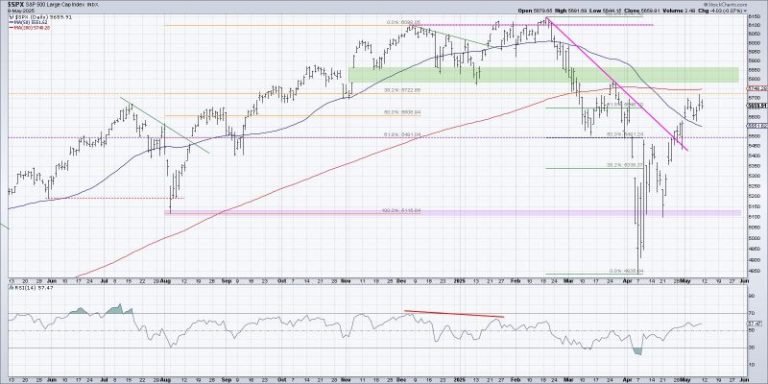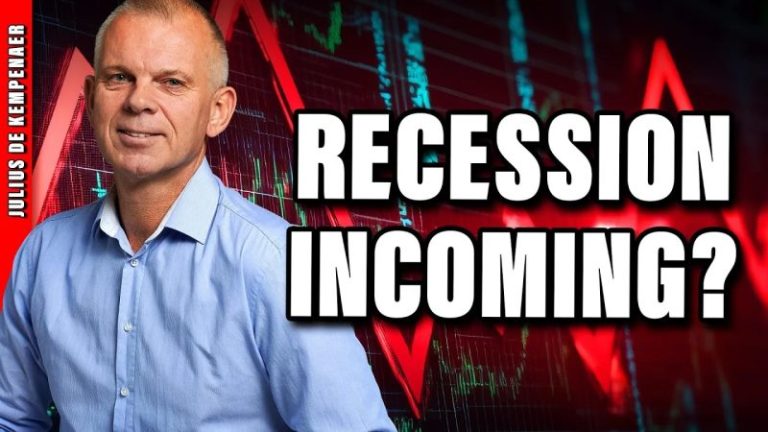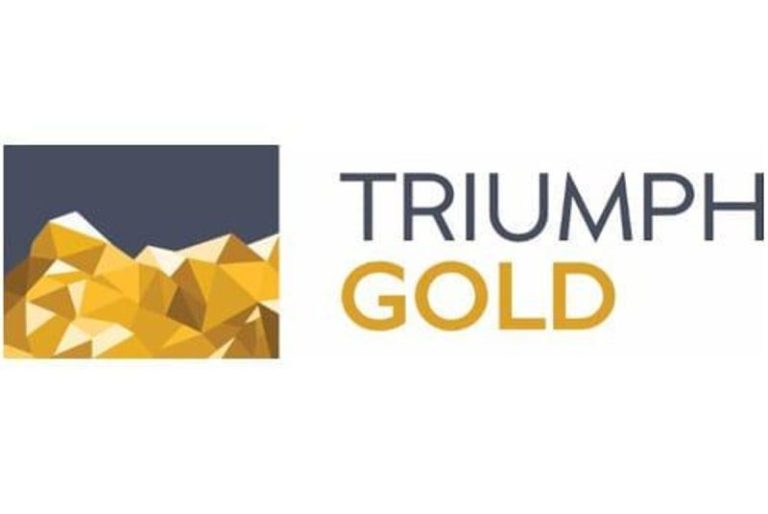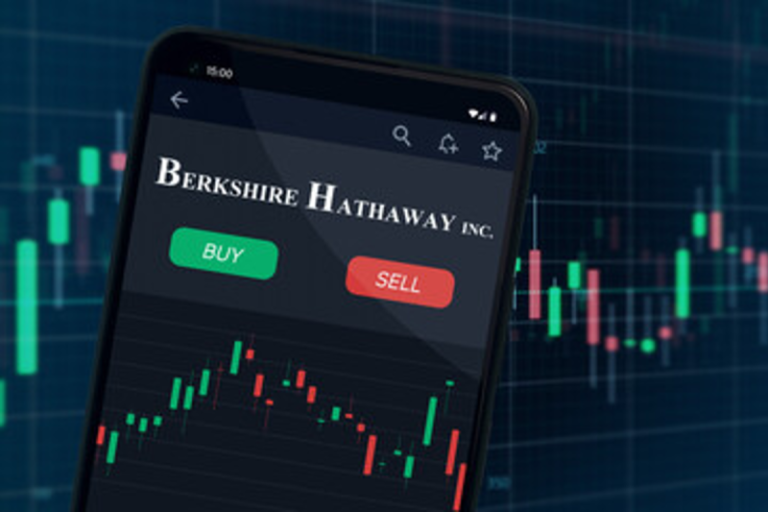- Reviews 2025 exploration strategy across Freegold Mountain and Andalusite Peak
- Advances acquisition strategy targeting high-grade silver assets
- Engages Independent Trading Group to improve trading liquidity
triumph gold Corp. (TSXV: TIG) (OTC Pink: TIGCF) (FSE: 8N61) is pleased to provide an operational update as it enters 2025 with a refined exploration focus, strategic growth objectives, and a commitment to responsible development. The Company also announced it has engaged a market maker and granted incentive stock options.
Leadership and Direction
triumph gold continues under the leadership of John Anderson, Chairman and Interim Chief Executive Officer. With over 25 years of experience in the capital markets and resource sectors, Anderson has guided the Company since its early days as Northern Freegold.
‘We’ve taken meaningful steps to streamline operations and position the Company for disciplined growth,’ said Anderson. ‘With strong core assets, a focused strategy, and improving market conditions for gold and copper, Triumph prepares to enter the second quarter of 2025 ready to pursue opportunities that create long-term value’.
Key Assets and Positioning
Freegold Mountain Project
Located in Yukon, the flagship Freegold Mountain Project hosts over 2 million gold equivalent ounces across three mineralized zones, as defined in a 2020 NI 43-101 resource estimate. These deposits provide exposure to high-grade gold, copper, molybdenum, and tungsten at a time of increasing demand for critical minerals.
Andalusite Peak Property
Triumph’s Andalusite Peak copper-gold project is located in British Columbia’s Golden Horseshoe region, in proximity to major porphyry systems such as Saddle North and Red Chris. The Company plans to advance exploration in 2025 through geochemical surveys and mapping.
Favourable Jurisdictions
All assets are situated in well-established, mining-friendly regions of Yukon and British Columbia, offering stable permitting frameworks and access to infrastructure.
2025 Growth Strategy
triumph gold’s 2025 strategy centers on project advancement, portfolio expansion, and disciplined exploration:
-
Strategic Acquisitions
The Company is evaluating potential acquisitions of high-quality silver projects to complement and diversify its current asset base.
-
Advancing Andalusite Peak
Located in British Columbia’s Golden Horseshoe near Newmont’s Saddle North and Red Chris projects, the Andalusite Peak property will focus on geochemical surveys and detailed geological mapping in 2025.
-
Expanding Freegold Mountain Exploration
Triumph will review historical datasets and define new exploration targets outside current resource zones to support potential discoveries.
Commitment to Responsible Development
triumph gold is committed to responsible exploration and development. The Company maintains active engagement with First Nations and local communities, recognizes the traditional territories on which its projects are located, and prioritizes environmental stewardship and cultural respect in all exploration activities.
Triumph Engages Independent Trading Group (‘ITG‘) as Market Maker
triumph gold announces that subject to regulatory approval, it has engaged the services of Independent Trading Group (‘ITG’) to provide market-making services in accordance with TSX Venture Exchange TSXV, CSE, and Cboe Canada policies. ITG will trade shares of the Company on the CSE/ Cboe Canada/ TSXV and all other trading venues to maintain a reasonable market and improve the liquidity of the Company’s common shares.
Under the agreement, ITG will receive compensation of CAD$6,500 per month, payable monthly in advance. The agreement is for an initial term of one month and will renew for additional one-month terms unless terminated. The agreement may be terminated by either party with 30 days’ notice. No performance factors are contained in the agreement, and ITG will not receive shares or options as compensation. ITG and the Company are unrelated and unaffiliated entities. At the time of the agreement, neither ITG nor its principals have an interest, directly or indirectly, in the securities of the Company.
triumph gold Issues Stock Options
The Company has granted 4,750,000 incentive stock options to directors, officers, employees, and consultants. The options are exercisable at $0.27 per share for a period of five years, with immediate vesting.
The options were granted pursuant to triumph gold’s rolling stock option plan, which has been approved by shareholders and the TSX Venture Exchange. This issuance is intended to retain and motivate key contributors and align long-term interests with those of shareholders.
Looking Ahead
triumph gold is entering 2025 with momentum, a clear strategy, and a commitment to shareholder value. The Company thanks its shareholders for their continued support and looks forward to sharing further updates in the months ahead. For more information or investor inquiries, please email John Anderson, Chairman & Interim CEO, at janderson@triumphgoldcorp.com.
About triumph gold Corp.
triumph gold is a Canadian-based, growth-oriented exploration and development company with a district-scale land package in the mining-friendly Yukon. Led by an experienced management and technical team, The Company is focused on actively advancing its flagship Freegold Mountain Project using multidiscipline exploration and evaluation techniques.
The road-accessible Freegold Mountain Project, located in the Dawson Range Au-Cu Belt, is host to three NI 43-101 Mineral Deposits (Nucleus, Revenue, and Tinta Hill). The Project is 200 square kilometres and covers an extensive section of the Big Creek Fault Zone, a structure directly related to epithermal gold and silver mineralization and gold-rich porphyry copper mineralization.
The Company owns 100% of the Big Creek and Tad/Toro gold-silver-copper properties situated along the strike of the Freegold Mountain Project within the Dawson Range.
The Company also owns 100% of the Andalusite Peak copper-gold property, 36 km southeast of Dease Lake within the Stikine Range in British Columbia.
triumph gold acknowledges the traditional territories of the Little Salmon Carmacks First Nation and Selkirk First Nation, on which the Company’s Yukon mineral exploration projects are located. triumph gold has a longstanding, ongoing engagement with these First Nations through communication, environmental stewardship, and local employment.
For more information, please visit triumphgoldcorp.com.
For further information about triumph gold, please contact:
John Anderson, Executive Chairman
triumph gold Corp.
(604) 218-7400
janderson@triumphgoldcorp.com
Neither the TSX Venture Exchange nor its Regulation Services Provider (as that term is defined in policies of the TSX Venture Exchange) accepts responsibility for the adequacy or accuracy of this release.
This news release contains forward-looking information, which involves known and unknown risks, uncertainties and other factors that may cause actual events to differ materially from current expectations. Important factors – including the availability of funds, the results of financing efforts, the completion of due diligence and the results of exploration activities – that could cause actual results to differ materially from the Company’s expectations are disclosed in the Company’s documents filed from time to time on SEDAR (see www.sedarplus.com). Readers are cautioned not to place undue reliance on these forward-looking statements, which speak only as of the date of this press release. The company disclaims any intention or obligation, except to the extent required by law, to update or revise any forward-looking statements, whether as a result of new information, future events or otherwise
To view the source version of this press release, please visit https://www.newsfilecorp.com/release/251572










